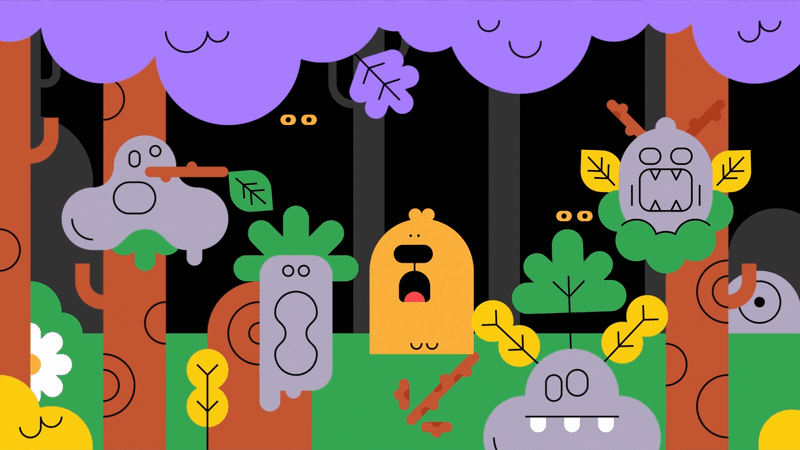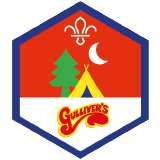
Mud mugs
You’ll need
- Old towels
- Soil
Before you begin
- Find a local area where there are trees or fallen logs to use as a base for the faces. If there isn’t one, you could use a clearing to make them on the floor, or you could even make them on wooden boards or plates.
- Make sure you have permission to use the location and to dig a small hold to get mud. Make sure there’s some water for everyone to wash their hands.
- Tell everyone to come in old clothes; they may want to bring an old T-shirt to cover their clothes.
Prepare the materials
- Everyone should travel safely to the creation location.
- Everyone should split into pairs, and find a surface to make their mud face on. More than one pair can use each tree or log if there’s enough space.
- The person leading the activity should explain where it’s OK to dig.
- Each pair should get a bowl and spoon, and dig up some soil.
- Each pair should mix some water into the soil, until they have mud they can mould into shapes. If it’s too runny, they should add some more soil and a handful of grass.
Start sculpting
- It’s time to get stuck in! Everyone should use their hands to get some mud from their bowl, and start sculpting a face on their log. Start with a big dollop to be the face, and then work on building up the eyes, nose, and ears.
- Each pair should add anything else to finish off their face. For example, they could add stones for eyes, or leaves and sticks for hair.
- Once each pair has finished their face, they should rinse their hands with water and dry them on an old towel. The person leading the activity should remind everyone to wash their hands well with soap and warm water when they get home.
- Once everyone’s finished their faces, everyone should walk around and look at all of the sculptures. They’ll probably all be different, but most of them will blend in with the natural surroundings; some will even look like they’ve grown from the trees.
This would be a great time to take photographs to remember how great the sculptures look.
- Everyone should think about what would happen to their face over time if they left it there. They should return their sculpture back to the ground if they need to – the person leading the activity should know whether they can leave them on the trees.
Reflection
This activity was a chance for everyone to value the outdoors and connect with the natural world. Is everyone happy with the sculptures? Because they’re made out of natural materials they blend in with their surroundings, and they’ll also wash away with rain or crumble back to the earth. How did the mud feel? It may have been cool, sticky, squishy, or gritty. Sometimes it’s good to slow down and connect with the natural world.
This activity was also a chance to have fun! Did people enjoy playing in the mud? How did everyone feel when they touched the mud? Some people probably found it fun straight away, while others may have needed some encouragement to get stuck in. What sorts of words describe how people felt when they were playing with the mud? It may have made people feel relaxed, happy, or nervous. However everyone felt, it’s OK – it’s great if people challenged themselves to give it a go.
Safety
All activities must be safely managed. You must complete a thorough risk assessment and take appropriate steps to reduce risk. Use the safety checklist to help you plan and risk assess your activity. Always get approval for the activity, and have suitable supervision and an InTouch process.
- Outdoor activities
You must have permission to use the location. Always check the weather forecast, and inform parents and carers of any change in venue.
- Gardening and nature
Everyone must wash their hands after the activity has finished. Wear gloves if needed. Explain how to safely use equipment and set clear boundaries so everyone knows what’s allowed.
If there’s enough space, people could make their own faces rather than working in pairs.
If anyone really doesn’t want to touch the mud, they could use a spoon or a stick to mould their face. You could also offer gloves.
All Scout activities should be inclusive and accessible.
If you use sticks, leaves, and natural materials, this activity will count towards requirement four of the My Outdoor Challenge Award. Why not make up campfire stories about the mud sculptures? Give them names and decide if they have any superpowers. Perhaps the faces embody the spirit of the tree, with strong wise faces on oak trees, or quick and mischievous faces on silver birches.

